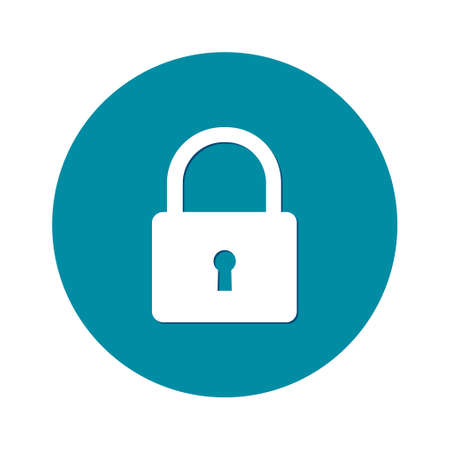
- By Shahzad Anjum 29-Dec-2023
- 1090
The journey of software has been quite remarkable from its beginnings, transforming into a formidable entity that molds the virtual terrain.
In this ever-changing world of technology, the software has a crucial role in influencing how we exist, labour, and engage with our surroundings. From the initial stages of punch cards and mainframes to the contemporary era of cloud computing and artificial intelligence, the software has gone through an incredible transformation, becoming an essential aspect of our day-to-day existence. This piece of writing delves into the journey, variations, and ramifications of software, accentuating its importance in the digital era.
A Brief History of Software
The genesis of software stretches back to the middle of the 20th century, when computers were initially conceived for scientific and military objectives. Initial computer programs were scripted in machine language, which comprised binary code that directly corresponded to the computer's set of instructions. As technology progressed, more advanced programming languages like Fortran and COBOL emerged, streamlining the process for developers to draft and comprehend code.
The 1970s and 1980s saw the ascent of personal computers, triggering a proliferation of software across various domains. Operating systems like MSDOS and graphical user interfaces (GUIs), such as Windows and Mac OS, fundamentally transformed the user experience. The dawn of the internet in the 1990s fostered an even greater surge in the software movement, facilitating global interconnectedness and shared cooperation.
Types of software:
Software comes in various forms, each serving specific purposes and functions. Here are some of the main types of software:
1. Operating Systems:
- Examples: Windows, macOS, Linux
- Function: Manages hardware resources and provides a platform for other software to run.
2. Application Software:
- Examples: Microsoft Office, Adobe Creative Suite, web browsers
- Function: Performs specific tasks for end-users, ranging from word processing to graphic design.
3. System Software:
- Examples: Device drivers, utilities
- Function: Supports the operation of computer hardware and provides essential services.
4. Programming Software:
- Examples: Integrated Development Environments (IDEs), compilers
- Function: Tools for writing, testing, and debugging code.
5. Middleware:
- Examples: Database management systems, web servers
- Function: Connects different software applications and enables communication between them.
6. Firmware:
- Examples: BIOS, device firmware
- Function: Embedded software that resides in hardware components, providing low-level control.
The Impact of Software:
The impact of software on society is profound, touching almost every aspect of our lives. Here are some key areas where software has made a significant impact:
1. Communication:
- Email, social media, and messaging apps have revolutionized communication, enabling real-time interaction across the globe.
2. Business and Commerce:
- Enterprise resource planning (ERP) systems, customer relationship management (CRM) software, and e-commerce platforms streamline business operations and enhance efficiency.
3. Entertainment:
- Streaming services, video games, and multimedia software provide diverse entertainment options, transforming the way we consume content.
4. Education:
- Educational software and online learning platforms have democratized access to education, offering flexible and personalized learning experiences.
5. Healthcare:
- Electronic health records, medical imaging software, and telemedicine applications have improved patient care and medical research.
6. Transportation:
- Navigation software, traffic management systems, and ride-sharing apps have revolutionized transportation and logistics.
Future Trends in Software:
Looking ahead, several trends are shaping the future of software:
1. Artificial Intelligence and Machine Learning:
- The integration of AI and ML into software is enhancing automation, data analysis, and decision-making processes.
2. Cloud Computing:
- Cloud-based software and services are becoming increasingly prevalent, offering scalability, flexibility, and cost-effectiveness.
3. Blockchain Technology:
- Blockchain is finding applications in secure and transparent transactions, affecting areas like finance, supply chain, and data management.
4. Internet of Things (IoT):
- The proliferation of IoT devices is driving the development of software for smart homes, cities, and industries.
Conclusion:
The journey of software has been quite remarkable from its beginnings, transforming into a formidable entity that molds the virtual terrain. Enthralled by our relentless pursuit of technological advancement, software is poised to take on a pivotal role in fostering ingenuity, resolving intricate dilemmas, and enhancing the wellbeing of individuals worldwide. Grasping the historical backdrop, various genres, and farreaching consequences of software becomes paramount as we embark on an exhilarating and everchanging expedition into the digital era.






